Fine example of Carol Allard's rare plan of San Juan, Puerto Rico, from his Orbis Habitabilis Oppida et Vestitus (The Towns and Costumes of the Inhabited World), published in Amsterdam in 1695.
The map provides a detailed view of Old San Juan, with sets of fortifications, tower and houses. A Spanish Galleon ship and smaller vessels are at anchor in the harbor.
Allard's Orbis Habitabilis . . . is one of the most splendid illustrated books in the literature of travel. The first "town book" to combine views of cities with costume plates. "Many of the places are given double, one being a full view and the other showing costumed figures of inhabitants with the same view as a background"-Stokes VI, p. 265. Plates 78 and 79 show New York in this combination. Twenty-three other plates are American subjects, while the rest are European, African, and Asian. Complete copies of this book are very rare; the National Union Catalogue locates only two in the United States.
R. A. Skelton in the introduction to a 1966 facsimile edition describes the unity and individuality that distinguish this collection of engravings and notes that "the 100 numbered plates are executed in a free style with noticeable bravura, using line-engraving and etching in combination. Of the costume-plates 36 are signed by [Aidert] Meijer, and the other five are almost certainly by him. Twenty views have [Thomas] Doesburgh's signature, and the remaining 39 are engraved in a style and with decoration indistinguishable from those of his signed plates."
Carel (Carol) Allard (Allardt) (1648–1709) was an engraver and publisher based in Amsterdam. Part of a prominent family of Dutch mapmakers, publishers, and print sellers, his father was engraver and publisher Hugo Allard (1627–1684), who left his business to Carel upon his death. Carel published anything in demand, including maps, topography, ethnography, newsprints, and restrikes of old plates of artistic prints, many of which likely came from his father’s stock. In 1706, Carel gave his copperplates to his son Abraham Allard, before going bankrupt.









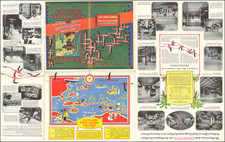
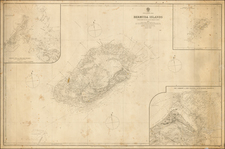
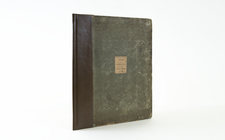
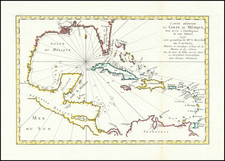
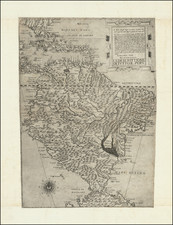
![[Martinique, Guadaloupe, Dominica and Marie Galante] . Suite des Isles Antilles 2. Partie](https://storage.googleapis.com/raremaps/img/small/81614.jpg)